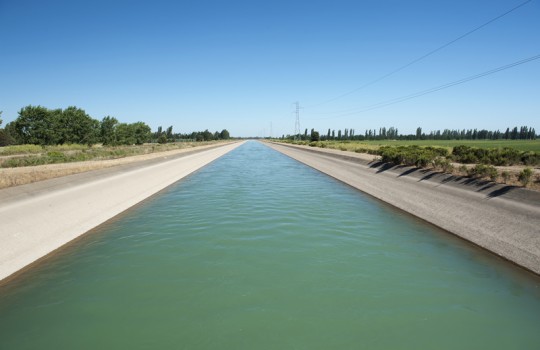
Lower fuel prices and greater presence of NCRE in electricity generation explain the 32% drop.
Energy costs record lowest level in a decade despite rainfall deficit
The marginal costs of the Central Interconnected System (SIC) will be at their lowest level in a decade this year, reaching levels not seen since 2006, the last year considered rainy in the country.
The marginal cost, the price paid by generators for exchanging energy in the spot market and which marks the operation of the least efficient unit at a given time, will close this year at an average of US$ 62 per MWh (Alto Jahuel busbar) according to data from the CDEC-SIC, the body that coordinates the operation of the electricity companies, and a projection by this newspaper.
The figure represents a decrease of 32% with respect to the previous year and is positioned as the fifth consecutive year of decline, despite the fact that this year continued with a deficit of precipitation, since according to the Meteorological Directorate, a large part of the country has less precipitation than normal to date.
According to experts, there are two main reasons for this decline.
First, the lower prices of the fuels with which thermal power plants operate, particularly coal and natural gas, whose price is indexed to oil. According to data from the National Energy Commission, coal went from above US$100 a ton in 2014 to around US$80 today. Meanwhile, the price of natural gas on the international market has fallen from US$ 6 per million BTU in 2014 to approximately US$ 3 as of July this year.
A second factor is the greater contribution of Non-Conventional Renewable Energies (NCRE), especially wind and solar.
This drop in the central-southern region is offset by the slight increase in the Norte Grande interconnected system, which will close at US$ 61.2 per MWh, a variation of 6.8%.
Wind and solar growth
Wind and solar technologies continued to gain presence in the SIC’s electricity generation in 2016. Of a total of 53,890 GWh this year in the system, almost 7% corresponds to NCRE.
Within these two, photovoltaic was the one that grew the most this year, with a total of approximately 1,696 GWh, which represents a growth of 71.4% compared to the previous year, reaching 3.1% of the total mix.
María Isabel González, general manager of Energética, considers the growth of NCRE in the energy matrix to be positive in order to promote diversification. “It’s good not to be dependent on any one source. We know what happened with extreme droughts and we were very dependent on hydroelectricity,” he said.
Rodrigo Jiménez, general manager of Systep, assures that investment costs in wind and solar technologies continue to fall. “It is predictable that more projects of this type will emerge in the country,” he says.
He adds that although the contribution of these energies in generation is not large, it will grow in the coming years, especially towards 2021, when the facilities that will support contracts awarded in the last bidding process for the supply of residential customers should come into operation.
Major casualties in 2017
The year that begins this Sunday will continue with a downward trend, even in the least favorable hydrological scenario, according to Systep’s price projection based on CDEC-SIC data.
Thus, considering a dry year, costs should average US$ 66 per MWh in the first ten months of the year. In this scenario, the highest level would be reached in April, at US$ 95.
In an average hydrology, the average would be US$ 41.8, while if there were abundant rainfall, it would fall to US$ 35.3 per MWh, projected for the Alto Jahuel busbar.





